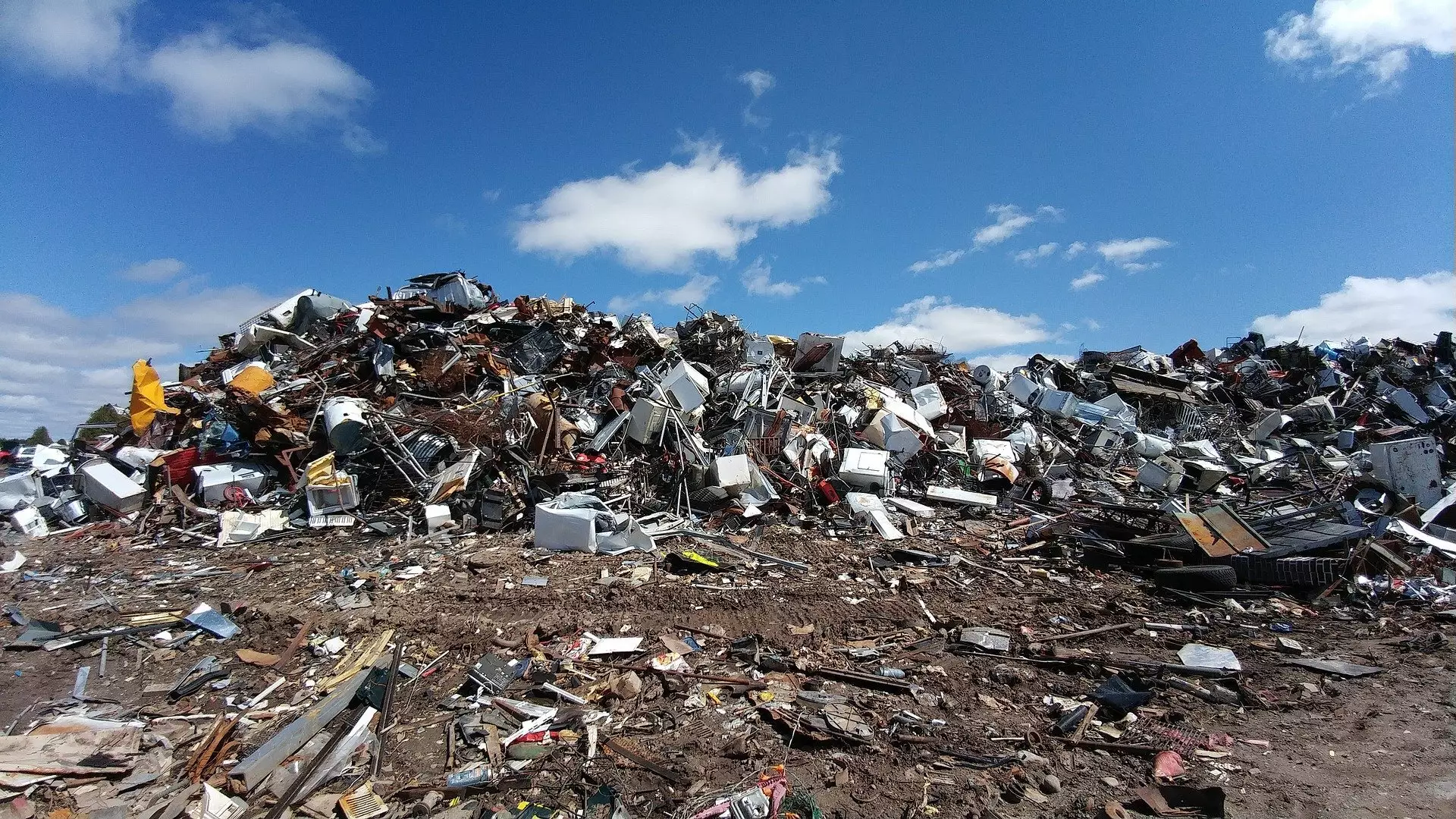The world is currently facing a critical issue with methane emissions, one of the major contributors to climate change. Despite the global methane pledge to reduce emissions by 30% this decade, recent research has shown that global methane emissions have been increasing at an alarming rate over the past five years. The trend of rising methane emissions is unsustainable and poses a significant threat to maintaining a habitable climate for future generations.
Methane is a powerful greenhouse gas that is released from both natural and human sources. It is short-lived but has a potent warming effect on the atmosphere, heating it nearly 90 times faster than carbon dioxide during the first 20 years after release. This makes methane a critical target for limiting global warming in the near term. However, despite growing awareness and policy focus on methane emissions, the total annual emissions have increased by 20% over the past two decades.
The primary drivers of methane emissions include activities such as coal mining, oil and gas production, agriculture, cattle and sheep ranching, and decomposing organic waste in landfills. The recent estimates show that only the European Union and possibly Australia have managed to decrease methane emissions from human activities, while the largest increases have come from China and southeast Asia. In 2020, nearly 65% of global methane emissions were directly linked to human activities, with agriculture and waste contributing a significant portion of these emissions.
The COVID-19 pandemic and subsequent lockdowns in 2020 had a temporary effect on methane emissions. While transport-related emissions of nitrogen oxides (NOx) declined during the lockdowns, contributing to a reduction in local air pollution, it also prevented some methane from accumulating in the atmosphere. The decrease in NOx pollution accounted for about half of the increase in atmospheric methane concentrations that year, highlighting the complex interactions between air quality and climate change.
One of the significant findings from the Global Carbon Project scientists is the growing impact of human activities on natural methane sources such as wetlands, lakes, ponds, and rivers. In previous assessments, all methane from these sources was categorized as natural, but the latest research has shown that human influences are leading to increased emissions from these sources. For example, reservoirs built by humans release an estimated 30 million tons of methane per year as submerged organic matter decomposes. Additionally, factors such as fertilizer runoff, wastewater, land use changes, and rising temperatures have contributed to the increase in methane emissions from wetlands and freshwater sources.
The rising trend of methane emissions poses a significant challenge in the fight against climate change. To address this issue, urgent action is needed to curb emissions from various human activities and natural sources. Without meaningful interventions and global cooperation, the goals of reducing methane emissions and limiting global warming may remain out of reach. It is essential for policymakers, industries, and individuals to take responsibility and implement measures to mitigate methane emissions and safeguard the planet for future generations.


Leave a Reply